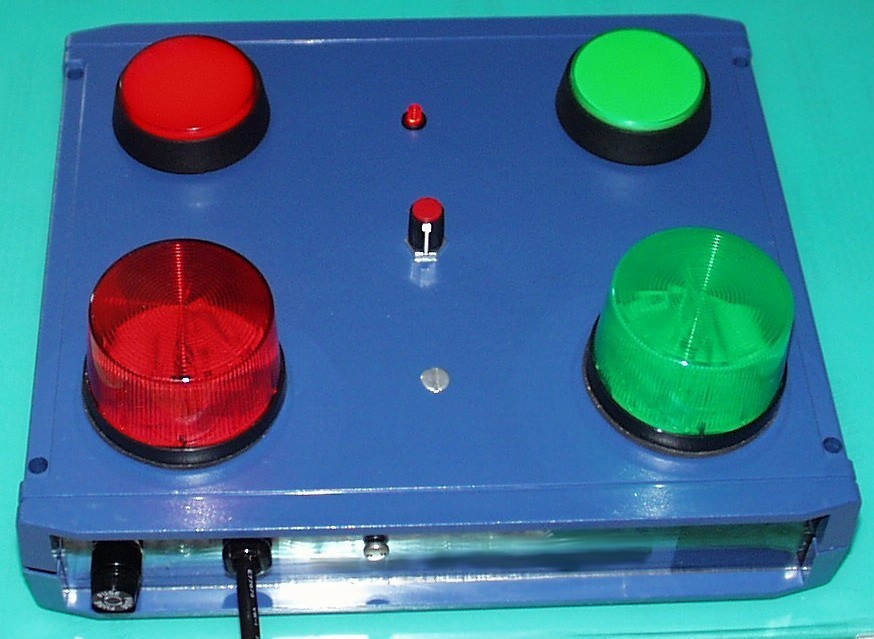

These lights helped solidify HAL’s presence as a large “thinking” computer – when, in actuality, his internal components took up very little space. After almost a year of daily use, Schmader upgraded HAL to include a second “startup” button, and strips of addressable LEDs inside his front panel. HAL became a staple of the Makerlab and the CTA – joining members at events all over Boise as an ambassador for the university and its makers. Developing upon the fantastic work Larsen had already done, Schmader continued to expand HAL’s library of sound clips based on requests from the community. As Corbett Larsen moved on to bigger and better things, HAL’s maintenance and additional features were taken up by project partner Scott Schmader. With the addition of a sound bite introducing himself as a “HAL 9000 computer”, HAL was instantly personified. The first successful test of the fully-assembled system cemented HAL’s place as more than just a project, but as a mascot of the Makerlab and its community. Speakers (also salvaged from a dumpster) were mounted inside, and a masonite panel was fitted over the opening in the back to direct the sound out the front grill. Attached to the body of the cabinet using a printed mount designed by Larsen, the “big red button” would come to define HAL’s existence.

On a field trip to the local Reuseum (a kind of thrift store for nerds), the CTA came across a large red industrial button that fit the goal of the HAL project perfectly. Carried forward by Larsen and members of the Creative Technologies Association (CTA), the server cabinet was given a name: HAL (originally an acronym for Haptic Applications Laboratory), and a layout for future additions was drafted to include dozens of buttons, switches, levers, and dials – all meant to provide a playground for makers to learn Arduino and RPi technology and show off their skills. Using an Arduino Uno and Raspberry Pi 2 connected via a serial cable, he set the project up for future success by allowing the addition of multiple peripheral devices. Based on previous workshops he had taught, Corbett Larsen set about creating a button that, when pressed, would play a random audio clip from a stored library. After taking up space as a large inanimate object for far longer than had been originally planned, students interested in more computer-oriented making took on the challenge of creating something to help show off their work and engage those visiting the Makerlab. He started out as nothing more than an empty server cabinet salvaged by a regular Makerlab user from the dumpster behind the College of Engineering. ” The HAL that exists today came about through a series of ideas, projects, and fortuitous circumstances.


 0 kommentar(er)
0 kommentar(er)
